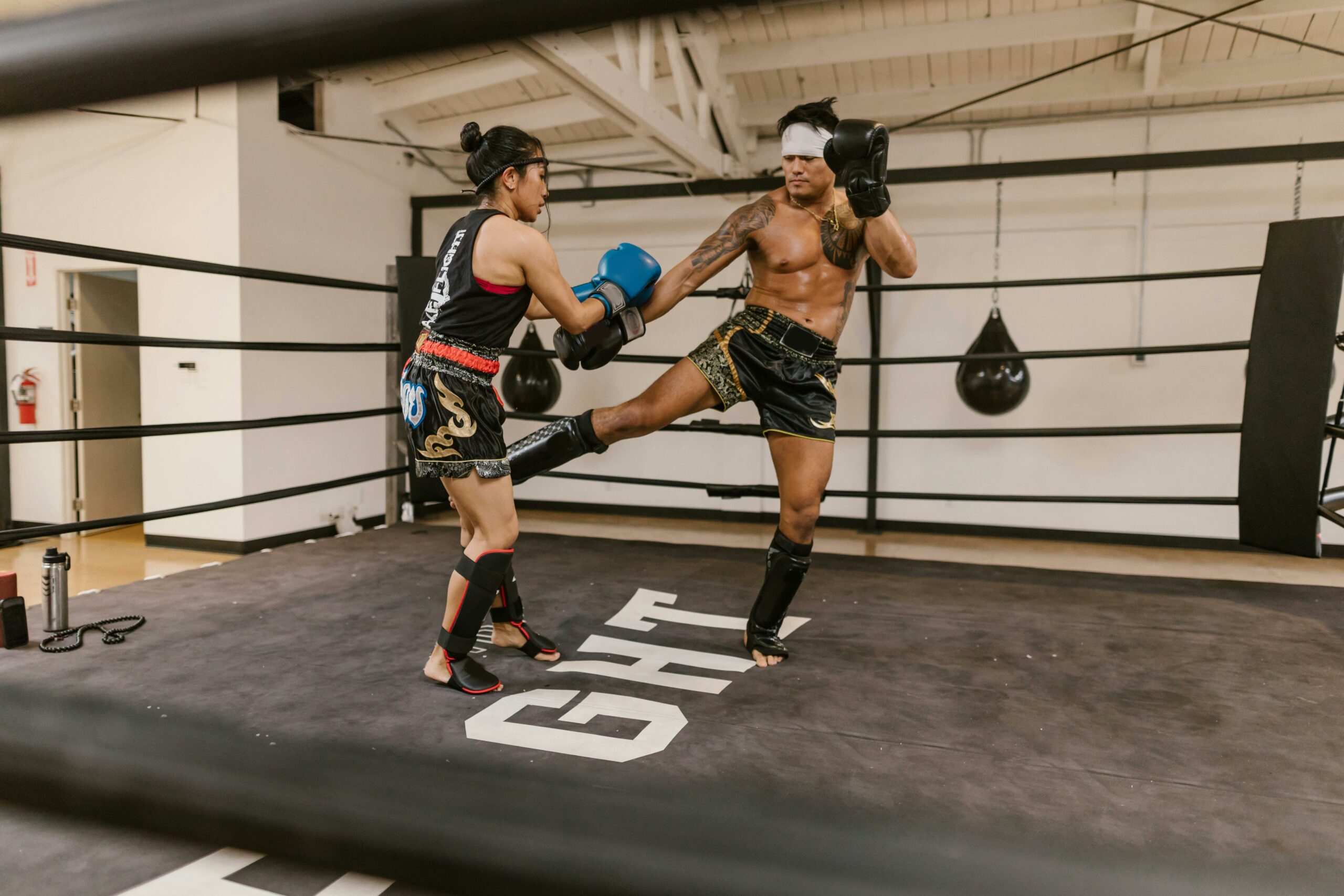In the world of combat sports, mastering proper technique and form is essential for success, both in the ring and in training. Muay Thai, also known as Thai boxing, is a martial art that places a strong emphasis on striking techniques using fists, elbows, knees, and shins. Similarly, kickboxing incorporates elements of boxing and traditional martial arts, focusing on powerful kicks and punches. In this comprehensive guide, we will delve into the importance of proper technique and form in Muay Thai and kickboxing, exploring key principles, drills, and tips to help practitioners elevate their skills and performance.
Understanding the Fundamentals
Before delving into advanced techniques, it’s crucial to establish a solid foundation built on fundamental principles. Proper stance, balance, and footwork form the cornerstone of effective striking in Muay Thai and kickboxing. Begin by adopting a stable stance, with feet shoulder-width apart and knees slightly bent. Distribute your weight evenly between both legs, maintaining a relaxed yet alert posture.
Stance and Footwork
The stance in Muay Thai and kickboxing should be dynamic, allowing for quick movement and fluid transitions between offensive and defensive positions. Keep your lead foot pointed forward, while the rear foot remains angled slightly outward. This stance facilitates mobility and enables practitioners to generate power from the hips and core.
Footwork drills are invaluable for developing agility, speed, and spatial awareness in the ring. Practice moving forwards, backwards, and laterally, maintaining balance and stability at all times. Pivot on the balls of your feet to pivot smoothly and change angles, creating openings for strikes and evading opponents’ attacks.
Striking Techniques
Muay Thai and kickboxing encompass a diverse array of striking techniques, each with its unique applications and nuances. From jabs and crosses to roundhouse kicks and elbow strikes, mastering these techniques requires precision, timing, and control. Let’s explore some of the fundamental striking techniques commonly used in Muay Thai and kickboxing:
- Jab: The jab is a quick, straight punch thrown with the lead hand. It serves as a versatile tool for gauging distance, setting up combinations, and disrupting opponents’ rhythm.
- Cross: The cross is a powerful straight punch delivered with the rear hand, generating force from the rotation of the hips and shoulders. It’s often used to follow up on the jab or as a standalone attack to target the opponent’s head or body.
- Roundhouse Kick: The roundhouse kick is a signature technique in Muay Thai and kickboxing, executed by pivoting on the supporting foot and swinging the rear leg in a circular motion to strike the opponent’s midsection or legs. Proper hip rotation and weight transfer are essential for generating maximum power and impact.
- Elbow Strike: Elbow strikes are devastating close-range attacks that can cause significant damage to opponents. Whether delivered vertically, horizontally, or diagonally, elbow strikes are highly effective for inflicting cuts, bruises, and blunt force trauma.
- Knee Strike: Knee strikes are versatile weapons utilized in clinch fighting and close-quarters combat. By driving the knee upward or thrusting it forward, practitioners can target the opponent’s body, head, or legs with precision and force.
Drills for Skill Development
To hone your skills and reinforce proper technique in Muay Thai and kickboxing, incorporate a variety of drills into your training regimen. These drills help improve coordination, timing, and muscle memory, enhancing your ability to execute techniques with speed and accuracy. Here are some essential drills to consider:
- Shadow Boxing: Shadow boxing allows practitioners to simulate sparring scenarios and practice combinations without physical contact. Focus on maintaining proper form, footwork, and head movement while visualizing an imaginary opponent.
- Heavy Bag Work: Utilize the heavy bag to develop power, endurance, and striking technique. Experiment with different combinations and strikes, incorporating punches, kicks, elbows, and knees with precision and control.
- Pad Work: Partner drills with focus mitts or Thai pads provide real-time feedback and help refine offensive and defensive techniques. Work with a coach or training partner to practice combinations, counters, and defensive maneuvers with speed and accuracy.
- Clinch Training: Clinch work is a vital aspect of Muay Thai, emphasizing control, leverage, and positional dominance in close-quarters combat. Practice clinch drills with a partner, focusing on hand placement, balance, and strategic use of knees and elbows.
- Sparring: Controlled sparring sessions allow practitioners to apply their skills in a dynamic and realistic setting. Spar with partners of varying skill levels, focusing on technique, timing, and tactical awareness while maintaining safety and respect for your opponent.
Conclusion
Mastering proper technique and form is essential for success in Muay Thai and kickboxing. By focusing on fundamentals, refining striking techniques, and incorporating skill-building drills into your training routine, you can elevate your performance and excel in the ring. Whether you’re a novice practitioner or seasoned competitor, continuous practice, dedication, and attention to detail will help you reach your full potential in these dynamic and exhilarating martial arts disciplines.


